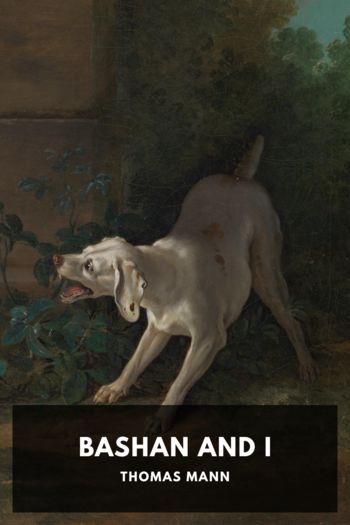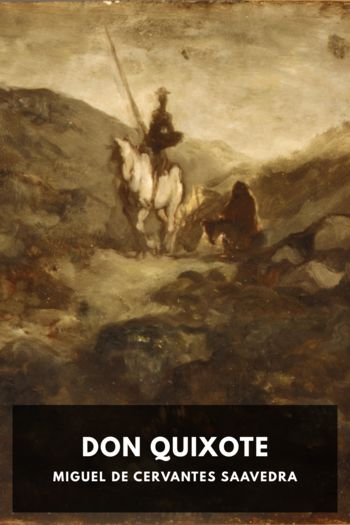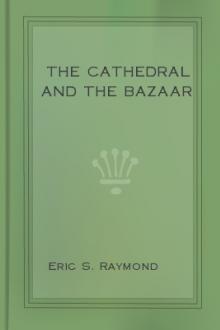Bashan and I, Thomas Mann [to read list .TXT] 📗

- Author: Thomas Mann
Book online «Bashan and I, Thomas Mann [to read list .TXT] 📗». Author Thomas Mann
It is good to walk here, lightly assailed by the warm summer wind. The weather is warm, so it is probable that Bashan will go wading into the brook to cool his belly—only his belly, for he has a distinct aversion to bringing the more elevated parts of his anatomy in contact with the water. There he stands, with his ears laid back and an expression of piety and alertness upon his face, and lets the water swirl around him and past him. After this he comes sidling up to me in order to shake himself—an operation which, according to his own conviction, must occur in my immediate vicinity. The vigour with which he shakes himself causes a thin spray of water and mud to fly my way. It is no use warding him off with flourished stick and intense objurgations. Under no conditions will he tolerate any interference with anything that appears to him natural, inevitable, and according to the fitness of things.
Farther on the brook, in pursuing its course towards the setting sun, reaches a small hamlet which commands a view towards the north—between the woods and the slope—and at the entrance to this hamlet lies the tavern. Here the brook once more broadens into a pond. The women of the village kneel at the edge of this and wash their linen. A little footbridge crosses the stream. Should you venture over you will set foot upon a road which leads from the village towards the city, running between the edge of the wood and the edge of the meadow. Should you leave this road on the right you would be able to reach the river in a few steps by means of a wagon-road that cuts through the wood.
We are now within the zone of the river. The river itself lies before us green and streaked with white and full of liquid roarings. It is actually only a great mountain torrent. Its everlasting rushing sound can be heard with a more or less muffled reverberation everywhere throughout the region. Here it swells and crashes overwhelmingly upon the ears. It might, in fact, serve as a substitute for the sacred and sounding onset of the sea—if no sea is to be had. The ceaseless cry of innumerable land-gulls intermingles with the voice of the stream. In autumn and in winter, and even during the spring, these gulls go circling round and round the mouths of the overflow-pipes, filling the air with their screams. Here they find their food until the season grows milder and permits them to make their way to the lakes in the hills—like the wild and half-wild ducks which also spend the cool and the cold months in the vicinity of the city, balance themselves on the waves, permit themselves to be carried by the current which turns them round and rocks them at will, and then just at the moment when some rapid or whirlpool threatens to engulf them, fly up with light and vibrant wing and settle down once more upon the water—a little farther upstream.
The region of the river is arranged and classified as follows:—close to the edge of the wood there stretches a broad level of gravel. This is a continuation of the poplar avenue which I have mentioned so frequently, and runs, say, for about a kilometre downstream, that is to say, to the little ferryman’s house—of which more anon. Behind this the thicket comes closer to the river channel. The purpose of this desert of gravel is clear; it is the first and most prominent of the longitudinal streets, and was lavishly planned by the real estate company as a charming and picturesque esplanade for elegant turnouts—with visions of gentlemen on horseback approaching spick-and-span landaus and victorias glistening in their enamel and engaging in delicate badinage with smiling and “beauteous” ladies reclining at ease under dainty parasols.
Close to the ferryman’s house there is a huge signboard in a state of advanced decreptitude. This proclaims what was to have been the immediate goal, the temporary termination of the carriage corso. For there in broad and blatant letters you may read that this corner site is for sale for the erection of a park café and a fashionable refreshment “establishment.” Well, the purpose remains unfulfilled, and the building site is empty.
For in place of the park café, with its little tables, its hurrying waiters, and glass-and-cup sipping and straw-sucking guests, there is only the big wooden signboard—aslant—a resigned, collapsing bid without a bidder, and the corso itself only a waste of coarsest gravel, covered with willow bushes and with blue sage almost as thickly as the Goethe or Lessing Streets.
Alongside the esplanade, nearer to the river, there runs a smaller gravel way which is also overgrown with insurgent shrubbery. It is characterised by grass mounds which arise at intervals and from which telegraph-poles mount into the air. Yet I am fond of frequenting this road on my walks, first because of the change, and second because the gravel permits of clean though somewhat difficult locomotion, when the clayey footpath yonder does not appear passable during days of heavy rain. This footpath, actually the real promenade, runs for miles along the river and then finally degenerates into wild, haphazard trails along the bank.





Comments (0)